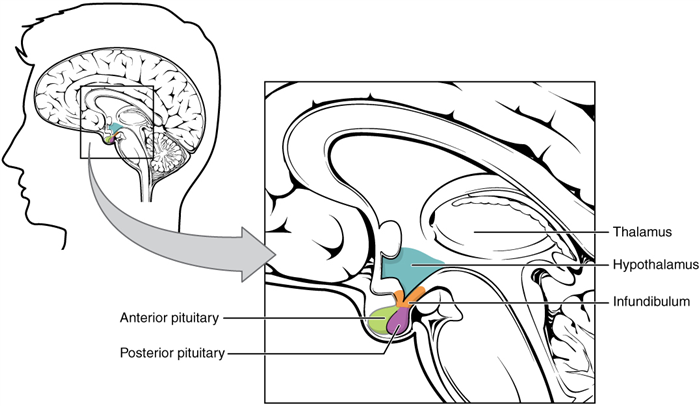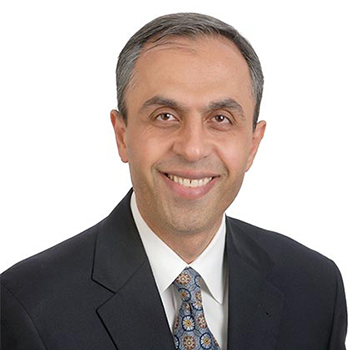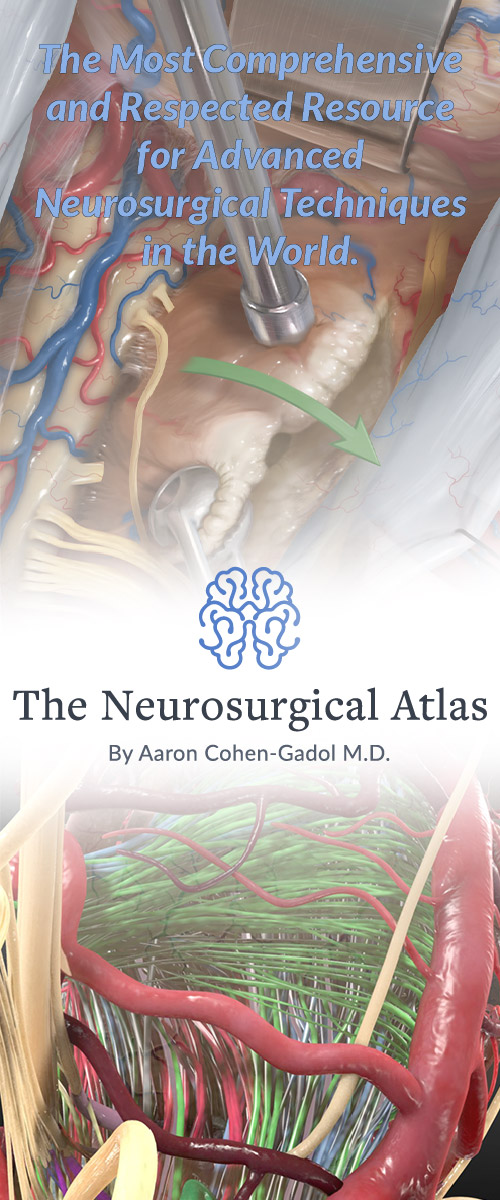Pituitary Hormones and Functions
The pituitary gland sits at the base of the brain and secretes hormones that regulate various processes in the body. In this article, we will discuss the individual hormones that the pituitary gland secretes and their various functions.
What Is the Main Function of the Pituitary Gland?
The function of the pituitary gland is to maintain homeostasis (a physiologic balance) within the body. The pituitary gland secretes chemicals, called hormones, that communicate with various organ systems to achieve this balance. Like pressing the gas pedal in your car to speed up, the pituitary gland releases hormones that tell an organ or gland to increase its activity. When the brain wants the activity of that gland or organ to decrease, the pituitary gland lets its foot off the gas and stops or decreases the secretion of that hormone. This causes the activity of the end organ to slow down.
The pituitary gland receives its orders from part of the brain called the hypothalamus. The hypothalamus is constantly measuring a complex array of variables that tell the brain how the body is functioning. Based on these measurements, the brain determines if it needs to increase or decrease the activity of specific processes. If the hypothalamus wants activity to speed up, it tells the pituitary to release more hormones. If the hypothalamus wants activity to slow down, it tells the pituitary gland to release less hormones.
The pituitary gland is split into anterior and posterior parts, each of which secretes different types of hormones. There are eight total hormones produced by the pituitary gland, each regulating a specific body process. Pituitary tumors may disrupt one or multiple of the hormones secreted by the pituitary gland, causing unique symptoms based on what the hormone(s) is responsible for. More information about the symptoms of pituitary tumors may be found here.

Figure 1. The pituitary gland is made of the anterior and posterior parts and is under the control of hypothalamus.
Anterior Pituitary Gland Function
Six hormones are produced by the anterior pituitary gland. A brief summary of each hormone is provided below.
Adrenocorticotropic Hormone (ACTH): ACTH stimulates the adrenal gland to produce cortisol and aldosterone. Cortisol is a molecule called a glucocorticoid that controls many functions that are essential for life. Cortisol has important roles in maintaining blood sugar, blood pressure, brain function, decreasing inflammation, and in how well the kidneys work. Cortisol helps the body deal with stress. When the body is being strained emotionally or physically, the pituitary gland will secrete more ACTH to increase levels of cortisol. In times of low stress, less ACTH will be secreted, and cortisol levels will fall.
ACTH also increases the level of aldosterone secreted by the adrenal glands. Aldosterone helps the kidneys regulate fluids and minerals within the body. Increased levels of aldosterone lead to an increase in the amount of water the body retains. During times of dehydration the body wants to increase levels of aldosterone to hold onto as much water as it can. When well hydrated, the pituitary gland will release less ACTH. This leads to a fall in aldosterone levels and the kidneys holding onto less water. This leads to more urination.
Growth Hormone (GH): Growth hormone regulates metabolism and growth. Growth hormone has an influence on metabolism by regulating blood sugar levels. When the body has low blood sugar, such as during fasting or after exercise, growth hormone may be secreted to increase blood sugar levels. In addition, growth hormone is involved in the growth of the body. Throughout childhood, growth hormone levels remain relatively low. However, during puberty the pituitary gland releases much larger amounts of growth hormone in response to increasing testosterone and estrogen sensed by the hypothalamus. This increase in growth hormone causes the growth spurts experienced during puberty. After puberty, growth hormone levels again decline to a lower level.
Follicle-Stimulating Hormone (FSH) & Luteinizing Hormone (LH): FSH and LH regulate the ovaries and testes in females and males, respectively. In females, FSH and LH control the menstrual cycle and pregnancy. FSH and LH act on the ovaries to stimulate the secretion of estrogen and progesterone. In males, FSH and LH stimulate the testes to create sperm and secrete testosterone.
Prolactin (PRL): Prolactin is a hormone that is involved in breast development and lactation in new mothers. Prolactin is often maintained at low levels in nonpregnant, non-lactating females and males. During puberty in females, prolactin is increased to promote breast development before again decreasing to low levels after puberty. During pregnancy, prolactin again increases in preparation for breast feeding. This increase in prolactin leads to milk production in the breasts. Once breast feeding stops, prolactin levels again decrease to the baseline level.
Thyroid-Stimulating Hormone (TSH): Thyroid-stimulating hormone signals the thyroid gland to release thyroid hormone. Generally, thyroid hormone’s role is in controlling the rate of metabolism and effects nearly every organ in the body. An increase in thyroid hormone increases bone formation, the amount of oxygen consumed in the body, the speed of blood flow, and how much fuel the body burns. When the body senses low levels of thyroid hormone and wants to increase metabolism, the pituitary is signaled to release more thyroid stimulating hormone. Contrarily, when the body senses an excess of thyroid hormone and wants to slow down metabolism, the pituitary secretes less thyroid stimulating hormone.
Posterior Pituitary Gland Function
Below is a description of the two posterior pituitary gland hormones.
Oxytocin: Oxytocin is responsible for the ejection of milk from the breasts and for stimulating uterine contractions. While prolactin stimulates milk development, oxytocin is responsible for the actual release of milk. Oxytocin levels are increased to cause milk ejection when an infant is suckling a breast, or at the sound, smell, or sight of an infant. In addition to its role in milk release, oxytocin stimulates the uterus to contract during labor. During labor, the cervix dilates. The brain senses this dilation and increases the secretion of oxytocin, causing the uterus to contract.
Antidiuretic Hormone/Vasopressin (ADH): Like aldosterone, ADH is responsible for controlling the levels of body hydration. In states of dehydration, more ADH is secreted by the pituitary gland. ADH signals the kidneys to hold on to more water. Contrarily, when you are well hydrated, the pituitary gland releases less ADH. As a result of less ADH, the kidneys hold onto less water, causing more urination.
Conclusion
The pituitary gland controls a diverse and complex range of processes in the human body. To do this, the pituitary gland carefully releases hormones specific to individual functions.
Key Takeaways
- Hormones are chemical signals that allow for communication between organs in the body.
- The hypothalamus monitors a complex array of variables about the functioning of the human body. The hypothalamus uses hormones secreted by the pituitary gland to control different processes important to life.
- The pituitary gland is split into two parts, anterior and posterior, each of which secrete unique hormones for different processes in the body.
Resources
7,000+ complex surgeries over 16 years. Our team has unparalleled experience to provide expert opinions.


Copyright © 2023 Aaron Cohen-Gadol. All Rights Reserved. | Terms of Use | Privacy Policy | Report a Problem